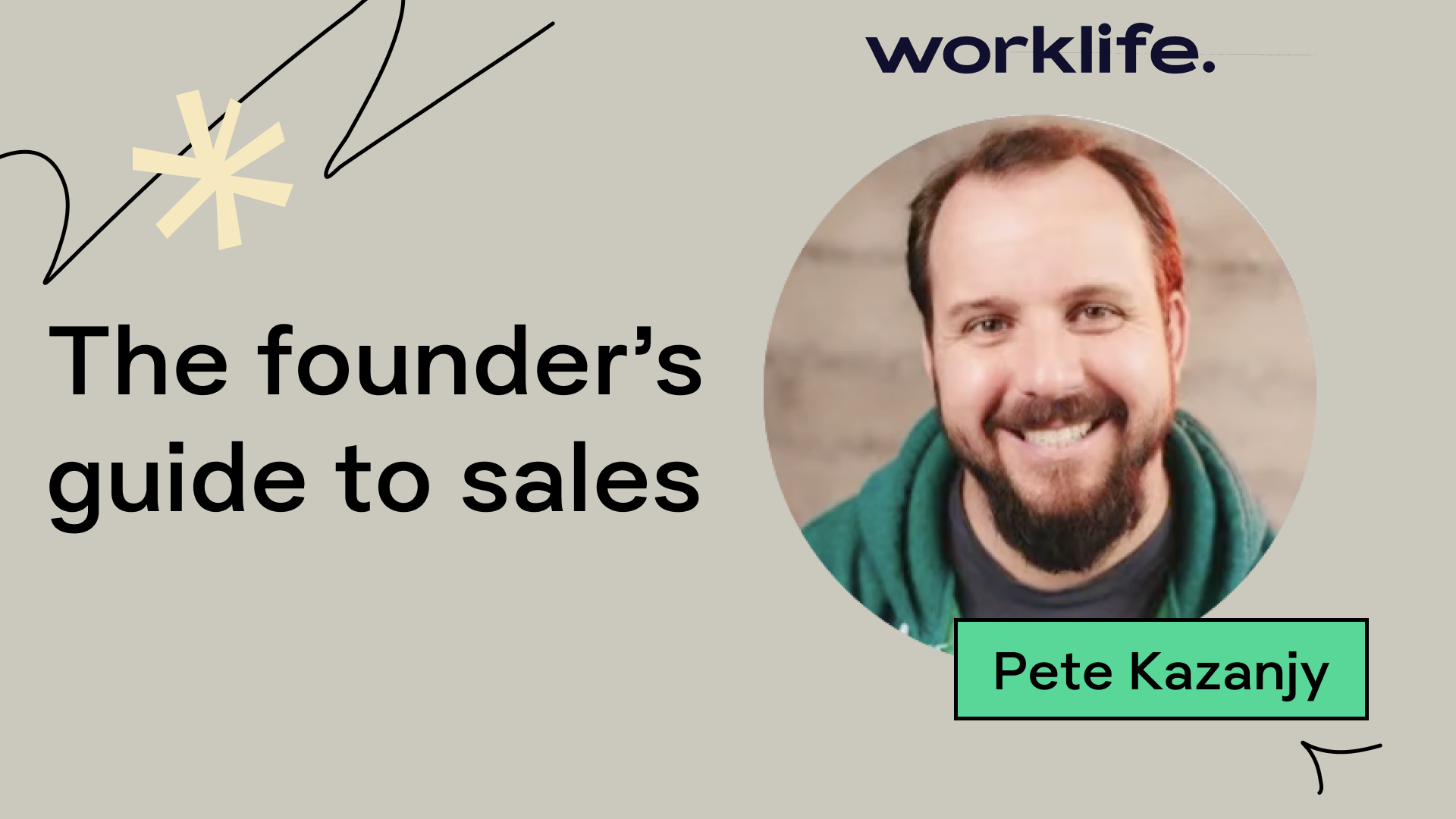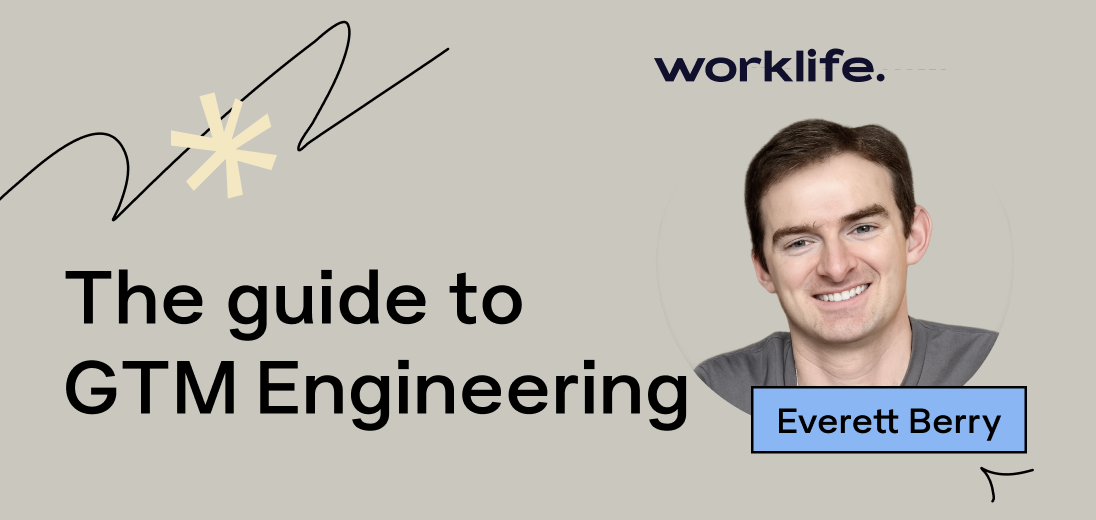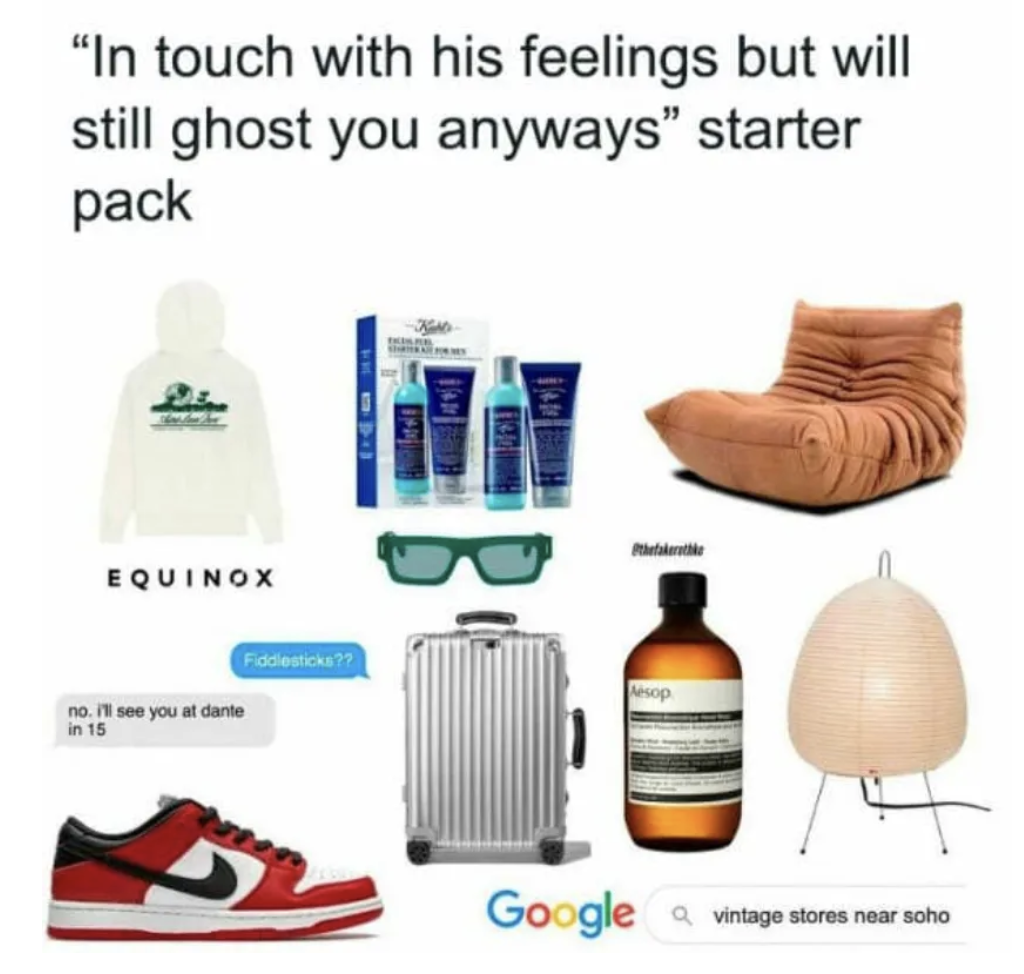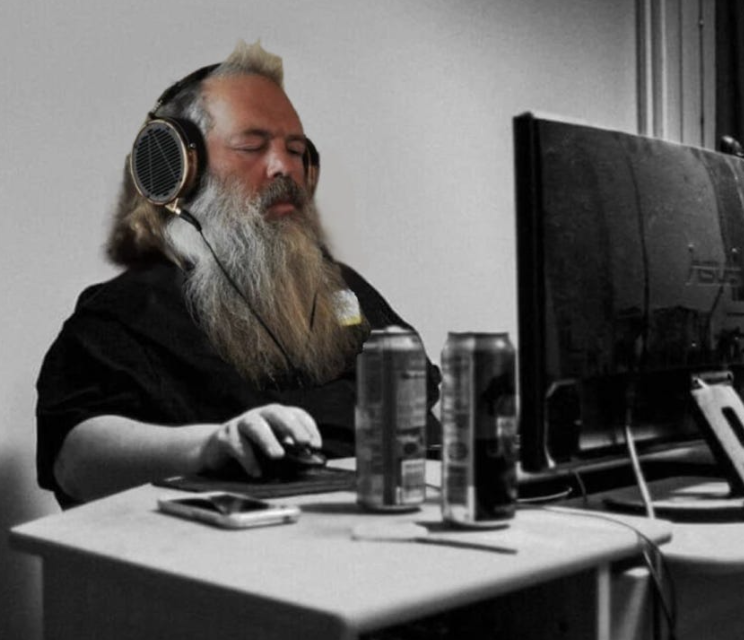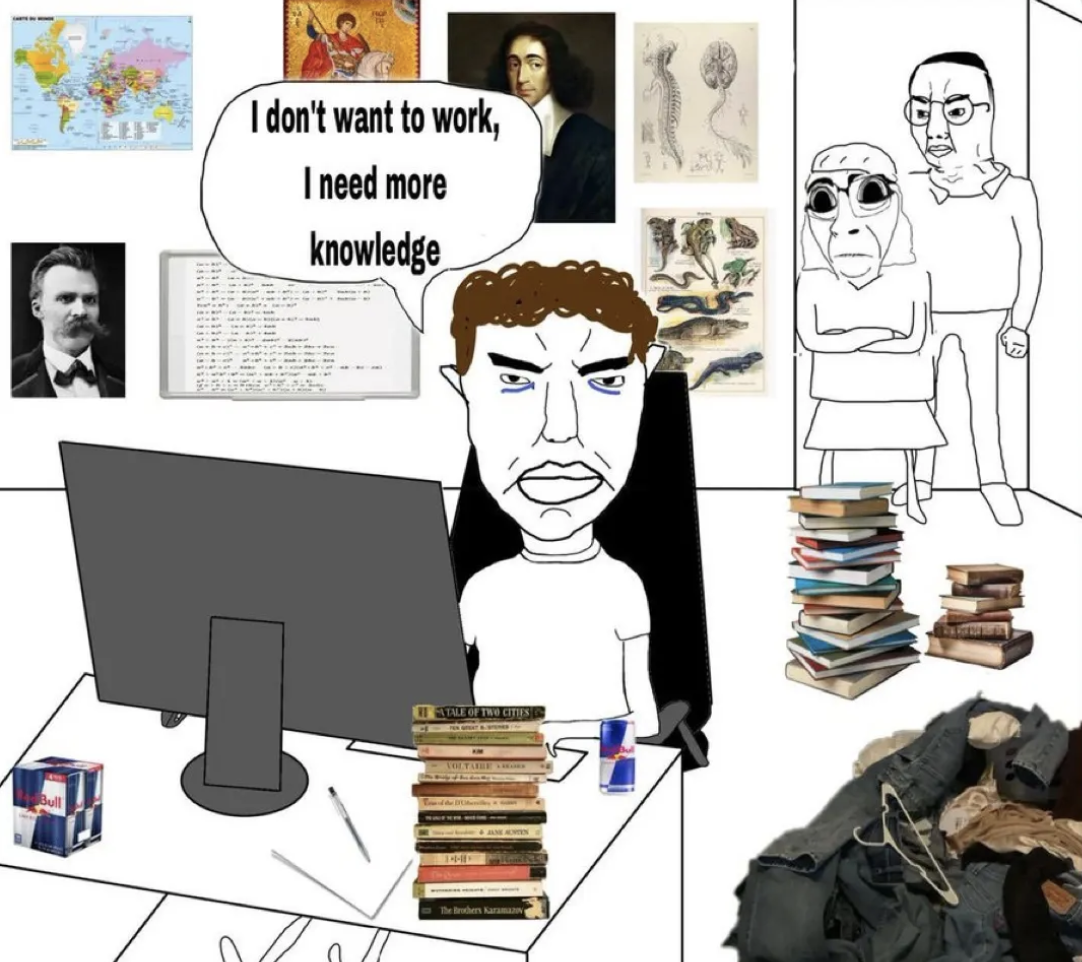2024 winner of the YASS–known as the "Pulitzer of Education"–Primer Microschools are reevaluating what education can look like.
In case you hadn't realized, schools are changing. Primer, a network of microschools currently located in Florida and Arizona, is leading the charge. Their approach is based upon three commitments listed on their site: students will be taken seriously, master math and literacy, and pursue their passions.
Their goals sound almost too good to be true, you may wonder “How does Primer actually go about retaining these commitments?”
According to Primer’s website, students drive their own experiences with the support of teachers. “We empower them to set their own goals, hold themselves accountable for their work, and relentlessly pursue their interests.” They focus on both traditional subjects like math and literacy as well as more artistic pursuits. Primer’s website also says their students' passion projects “couldn't happen anywhere else.”
But let’s take it from the top.
What is a Microschool?
If you’re unfamiliar with the term microschool, fear not–it’s only recently been popularized with numbers growing exponentially since the onset of the pandemic. In some ways, the meaning is basic; a small number of students working in an ultra-adaptable environment. And by adaptable, I mean you might bring your student to a performing arts facility, an office space, or a church for classes. I also mean that teachers adapt to the individual needs of their students, offering tailored experiences rather than ready-made ones.
According to an interview with Education Week, the head of the National Microschooling Center Don Soifer defines microschools as “innovative, small learning environments. They are being created in permissionless ways outside of education systems, and their rate of growth has become a powerful storyline in American education.”
A Unique Education
Primer prioritizes education for everyone. A personalized tuition model ensures affordability for all. Cost-wise, private schools are often out of reach for many families. Primer wants to shake up the options for learning in America, as they’ve already begun to do with eight schools established and three more on the way.
The Primer model also connects parents, teachers, and students creating a network of honest communication. Parents can feel comfortable talking with educators about their child’s progress, and students feel comfortable asking for help. While more traditional schooling methods might alienate these parties or neglect students' individual needs, Primer seeks to form bonds that cater to each student and unite educators with families in a common goal.

What Microschools Mean for Teachers
In a recent Forbes article, teacher Marianne O’Loan describes the microschool experience, “I ask the students what they want to learn, and we go from there to figure out different curriculum and programs. It’s such a refreshing environment to work in. It makes me want to teach more.”
According to the same article, “teachers report levels of job-related stress and burnout that are twice that of adults working in other professions" (McDonald, Forbes). Hearing O’Loan’s experience makes me wonder if microschools might be just as beneficial to teachers as they are to students.
The Founder
Primer’s founder Ryan Delk started Primer to homeschool his own kids. He believes that fixing the current K-12 education system is a “civilizationally important problem” and that teachers are the best people to usher in change. In a recent LinkedIn post, Delk says Primer exists to “help exceptional teachers launch microschools in their communities,” he provides his contact information, inviting educators to reach out and join him.
Primer provides options for many families, not just a certain demographic. In an interview last year, Delk said “Primer’s goal is to create a ubiquitous option for families, not just wealthy families but middle-class, lower-middle-class families, where they can have an exceptional microschool option in their neighborhood.”
What the Microschool Boom Means for Education
The surge in microschools comes alongside several other notable programs shaking up traditional learning environments, like Hawks Los Angeles and Alice Waters’s The Edible Schoolyard. Hawks offers a curriculum designed to connect children with the natural world while Edible Schoolyard crafts farm-to-table school lunches and links the classroom with the garden.
One thing’s for sure, the world of education is changing. Hawks, Edible Schoolyard, and Primer present less traditional ways of thinking about school, allowing students to connect not just to classmates and teachers but to the world around them.


Worklife is all about new ways to educate, and better methods of balancing, well, work and life. The same can be said for school and life; we think that when kids learn to adopt innovative and balanced daily schedules, they might embrace those later on in life subsequently promoting more stable routines.
We’re excited to see how Primer continues to change the game for students, families, and teachers everywhere.


